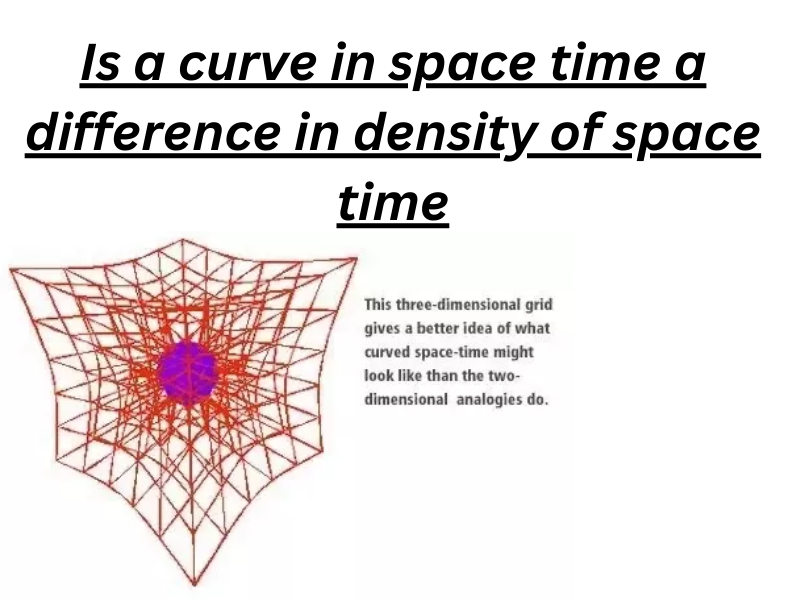General relativity starts with the premise that gravity is not a force transmitted through space but rather the curvature of spacetime caused by mass and energy. According to this theory, massive objects like stars and planets create a distortion in the fabric of spacetime, and other objects moving in the vicinity of this distortion experience the force of gravity.
To understand this concept, let's imagine a stretched-out bedsheet representing the fabric of spacetime. If you place a heavy object like a bowling ball in the center of the bedsheet, it will create a depression or curvature in the sheet. Now, if you roll a smaller object like a marble nearby, it will start to move toward the larger object due to the curvature of the sheet. This is analogous to how gravity works in general relativity.
Einstein's theory introduced a new understanding of the nature of time and space. According to special relativity, developed by Einstein earlier, the speed of light is constant in all inertial reference frames, and space and time are interwoven into a four-dimensional continuum known as spacetime. In general relativity, this framework is extended to incorporate gravity, which means that the presence of mass and energy curves spacetime.
The curvature of spacetime is described by the Einstein field equations, a set of mathematical equations that relate the curvature of spacetime to the distribution of mass and energy within it. These equations establish a connection between the geometry of spacetime and the behavior of matter and energy.
One of the most famous predictions of general relativity is the bending of light in the presence of a massive object. According to the theory, light follows a curved path as it passes through a region of spacetime with curvature. This effect was confirmed during a solar eclipse in 1919 when observations matched the predictions of general relativity.
Another consequence of the theory is the phenomenon of time dilation. As an object moves through a gravitational field or experiences a high velocity, time appears to run slower for that object compared to a stationary observer. This has been verified through experiments with atomic clocks and has practical implications for satellite-based navigation systems like GPS.
General relativity also provides an explanation for the expansion of the universe. According to the theory, the presence of matter and energy causes spacetime to expand, leading to the observed phenomenon of the universe's overall expansion. This idea was initially met with skepticism but has been supported by various astronomical observations, including the cosmic microwave background radiation.
Additionally, general relativity predicts the existence of black holes. These are regions of spacetime where the curvature becomes so intense that nothing, not even light, can escape their gravitational pull. The study of black holes has provided crucial insights into the nature of gravity and the behavior of matter under extreme conditions.
In summary, Einstein's theory of gravity, or general relativity, provides a profound understanding of the force of gravity as the curvature of spacetime caused by mass and energy. It combines the concepts of space and time into a four-dimensional continuum and describes the behavior of matter and energy in relation to the curvature of spacetime. This theory has successfully explained a wide range of phenomena, from the bending of light to the existence of black holes, and has been extensively tested through experiments and observations. It stands as one of the most fundamental and elegant theories in physics, shaping our understanding of the universe at both the cosmic and quantum levels.
